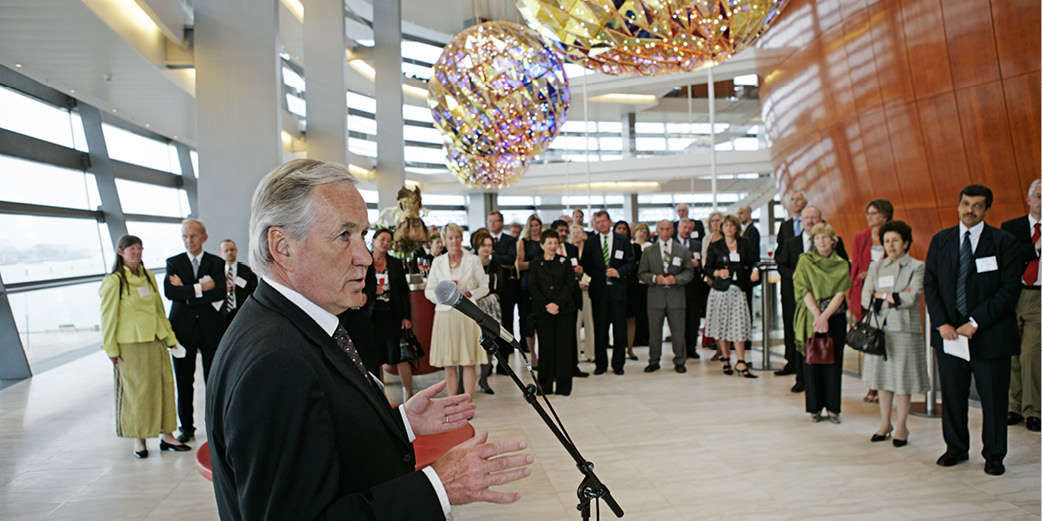Human Capital Analytics: Foundational Concepts
25 Mar. 2013 | Comments (1)
![]()
There are two foundational concepts that underscore the financial nature of human capital: human capital is one of only two forms of business capital; and, the financial resources spent on human capital are an investment, not an expense.
The Importance of Human Capital
The two forms of business capital are cash (financial capital) and people (human capital). While cash is the lifeblood of any business, it is human capital, the body through which the lifeblood flows, that deploys the cash, and ultimately determines whether the deployed cash increases or destroys the value of the business enterprise.
Sure, patents, copyrights, trademarks, trade secrets, proprietary processes and brand are valuable business assets that help drive its value in the market. None of these assets would exist however, without both financial capital and human capital. It is people that developed the product or business method that was patented, or designed the process that drives the successful (or unsuccessful) product or service. .
A couple of the most vivid examples of the significance of human capital to the success and vitality of a business are Kodak and Circuit City. In his book Good to Great, originally published in 2001 by Jim Collins, his team included Circuit City as a “Good to Great” company. At the time, it was clearly financially vibrant enough to meet the arduous criterion for this list. Eight years later, Circuit City is no longer in existence! Despite robust financial resources, the company folded after a series of disastrous management decisions.
Kodak, an iconic brand, at one time had a 90% market share of photographic film sales in the United States. Kodak began to struggle financially in the late 1990s as a result of the decline in sales of photographic film and its slowness in transitioning to digital photography after having invented the core technology used in current digital cameras. 2007 was the most recent year in which the company made a profit. In January 2012, Kodak filed for Chapter 11 bankruptcy protection. Again, the human capital failed to successfully guide Kodak through the disruptive photography market.
In both these examples, the people in these companies squandered robust financial resources (cash and credit) ultimately resulting in liquidation in Circuit City’s case, and Chapter 11 in the case of Kodak.
Human Capital Costs – Expense or Investment
The second foundational concept is the perception of the financial resources that companies spend on human capital. Is it an expense or an investment? Looking at human capital costs as an expense drives an organization to think in terms of cost management. Metrics such as Total Cost of Workforce (TCOW) as a percentage of revenue, or compensation and benefits as a percentage of revenue foster a cost management mindset. This is the natural tendency because of the way financial resources spent on human capital are treated from an accounting perspective -- as expenses on the Income Statement. And you will not find the money spent on human capital in the asset column of the Balance Sheet. Thus, in part due to accounting conventions, the default view is to think of human capital costs as expenses.
Conversely, if an organization views human capital costs as an investment, intended to drive revenue and profits, the perspective changes. What’s the old saw – Where you stand depends on where you sit. So is the seat you sit in that of an expense manager or investor?
If your perspective is that of an investor, you’re inclined to ask the following types of questions:
- Is the human capital investment paying off (ROI/effectiveness, Productivity/efficiency)?
- How should we modify the human capital strategy to gain a greater payoff?
- Should we invest more or less, or redirect existing human capital investments?”
In summary, while cash is vital to a business, human capital is the dynamic factor that ultimately determines the success of the enterprise.
View our complete listing of HC Analytics blogs.
-
About the Author:Frank J. DiBernardino

A highly accomplished Human Resources strategic advisor, Frank has 35+ years of experience working with organizations in manufacturing, health care, pharmaceuticals, chemicals, transportation, financi…
1 Comment Comment Policy











We must realize the investments in human capital create competitive advantages that far exceed those created by scares resources.
Complexities in duplicating human capital competitive advantage will be experiences by even your most fierce competitors.
Additionally, human capital investments will produce both financial and lucrative returns on investments.
Kind Regards,
Marie A. Valentin, MBA
Doctoral Student - HRD ' 14
Texas A&M University
College Station, Texas